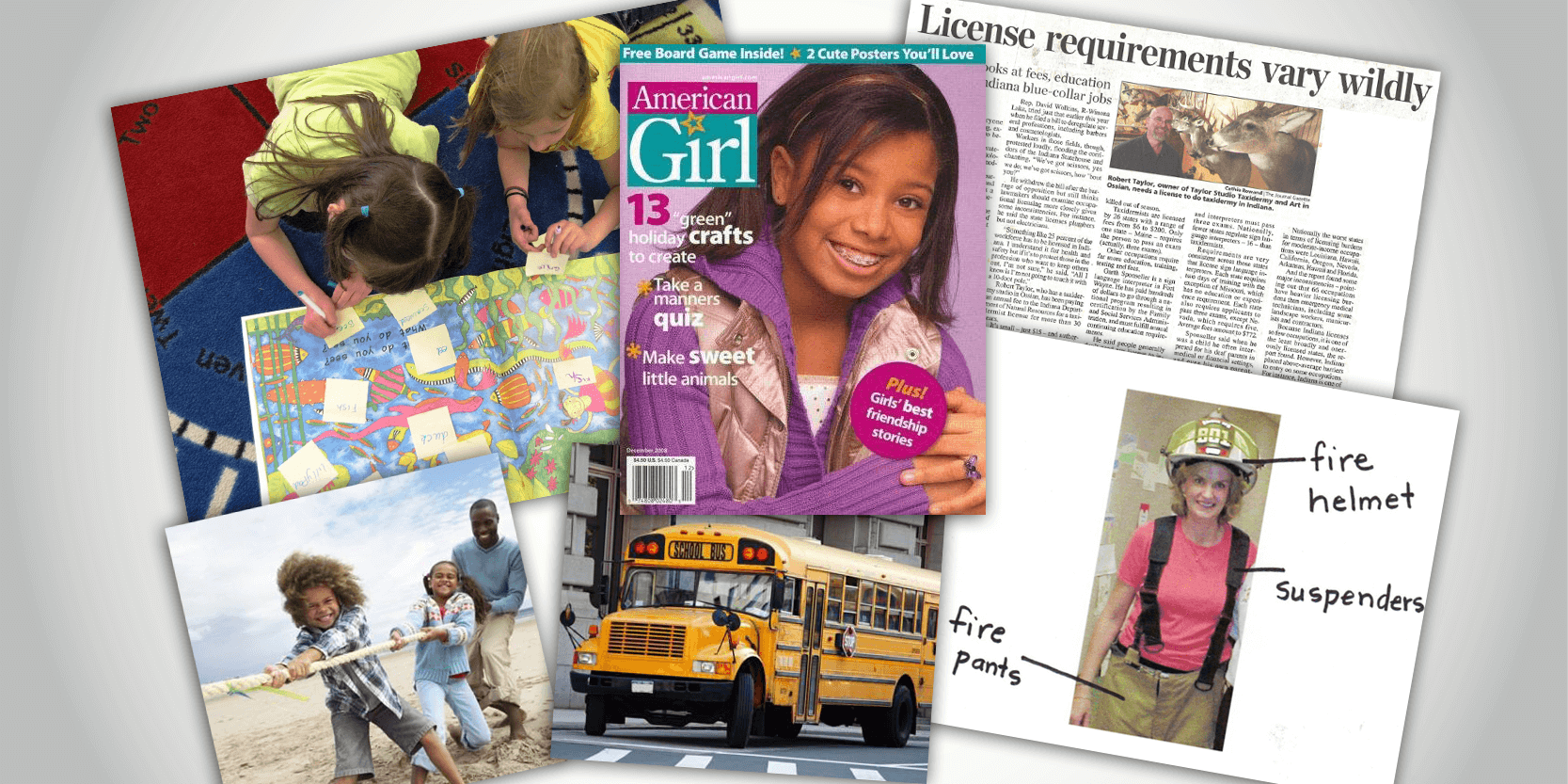Learning Center
reading
Vary text types
November 23, 2015
Imagine a significant event occurs locally or somewhere in the world. Consider how you gather information about that topic.
- You might watch a televised newscast; that’s a multimodal text.
- The next morning, you might read the local newspaper because it includes an article about the same event with a little more information; that’s a print text.
- On the way to work, you might listen to the radio where an expert is being interviewed; that’s an audio text.
- During the day, your phone is updating constantly as more information streams in.
- By the end of the week, when you’re at the grocery, the tabloids in the checkout line feature a photo essay across several pages; you “read” that visual text while waiting in line.
This is real-world. This is what we do. We read a variety of text types when seeking information on a topic. Consequently, as teachers build readers, we must vary the texts we bring into the classroom.
Some question whether showing photos or videos counts as text. It does! “Text” is anything you can read/view and make inferences from.
- You can read and interpret information from a graph.
- You can read and infer information from a map.
- You can read and infer information from photos, editorial cartoons, video clips, and artwork.
In each of these examples, the reader can view the text, draw conclusions, and make inferences that can be supported with evidence.
We need to broaden our definition of text and vary our students’ reading diets. It doesn’t have to be sentences in a paragraph and bound in a book to count as text.




